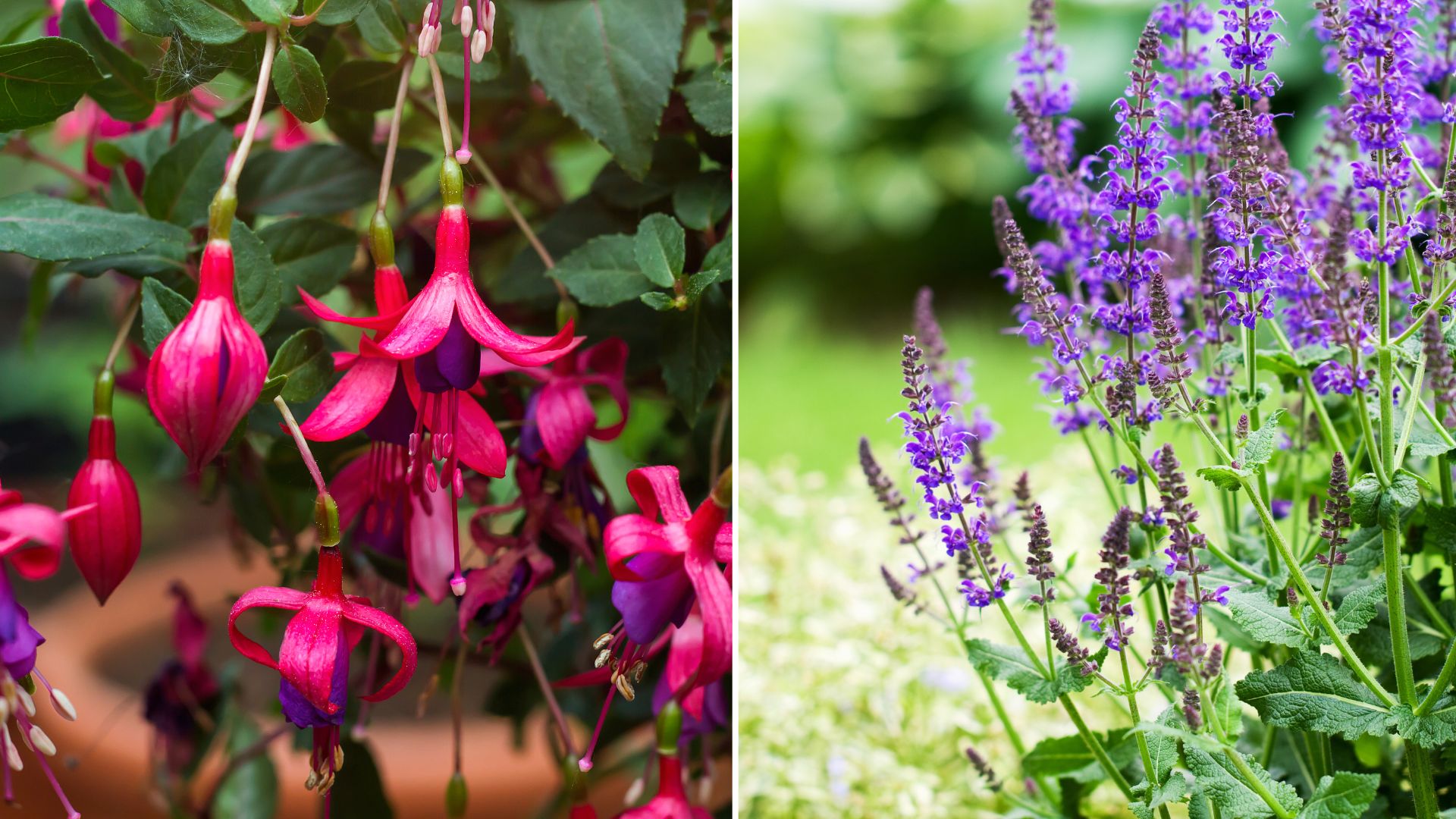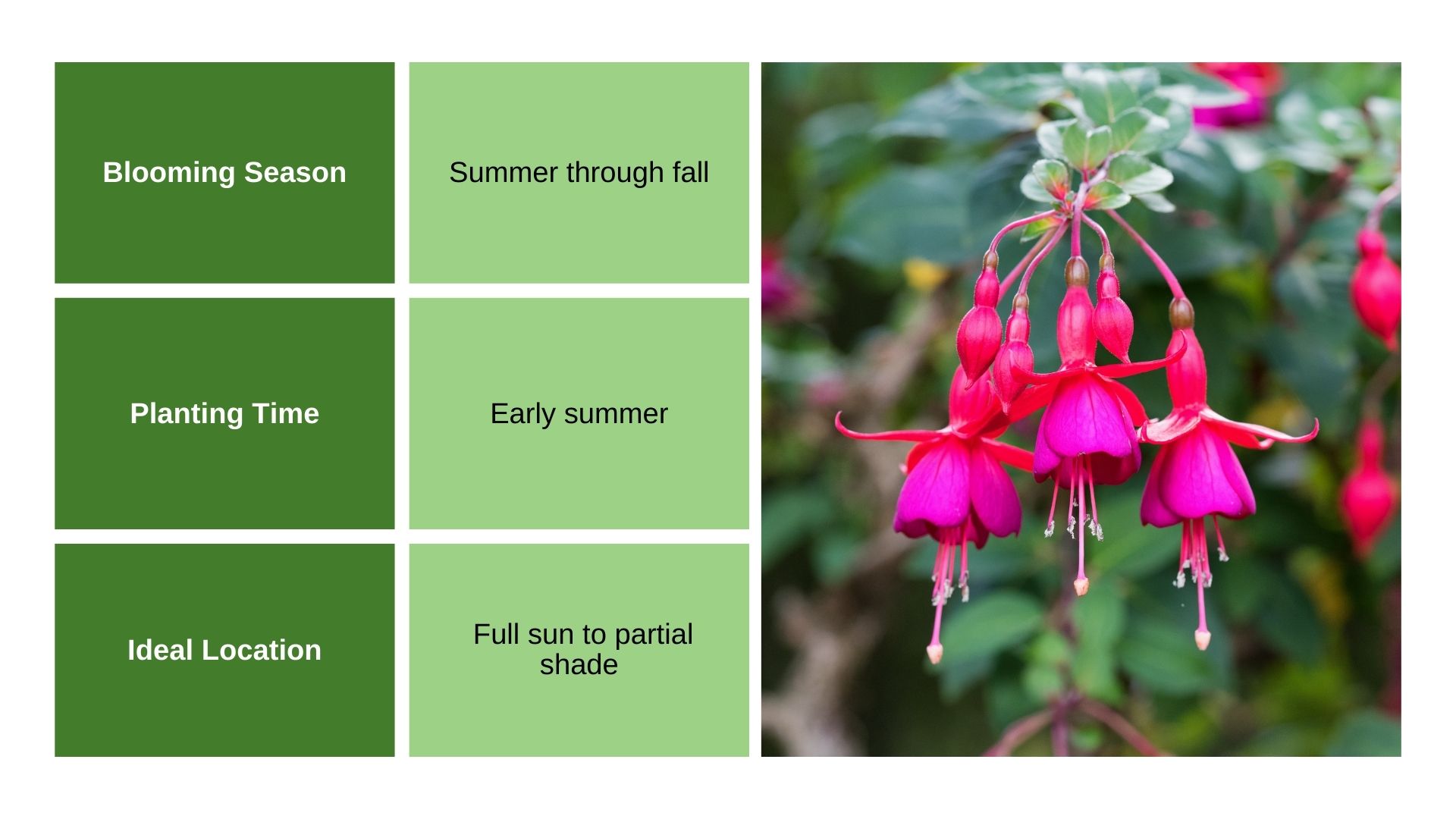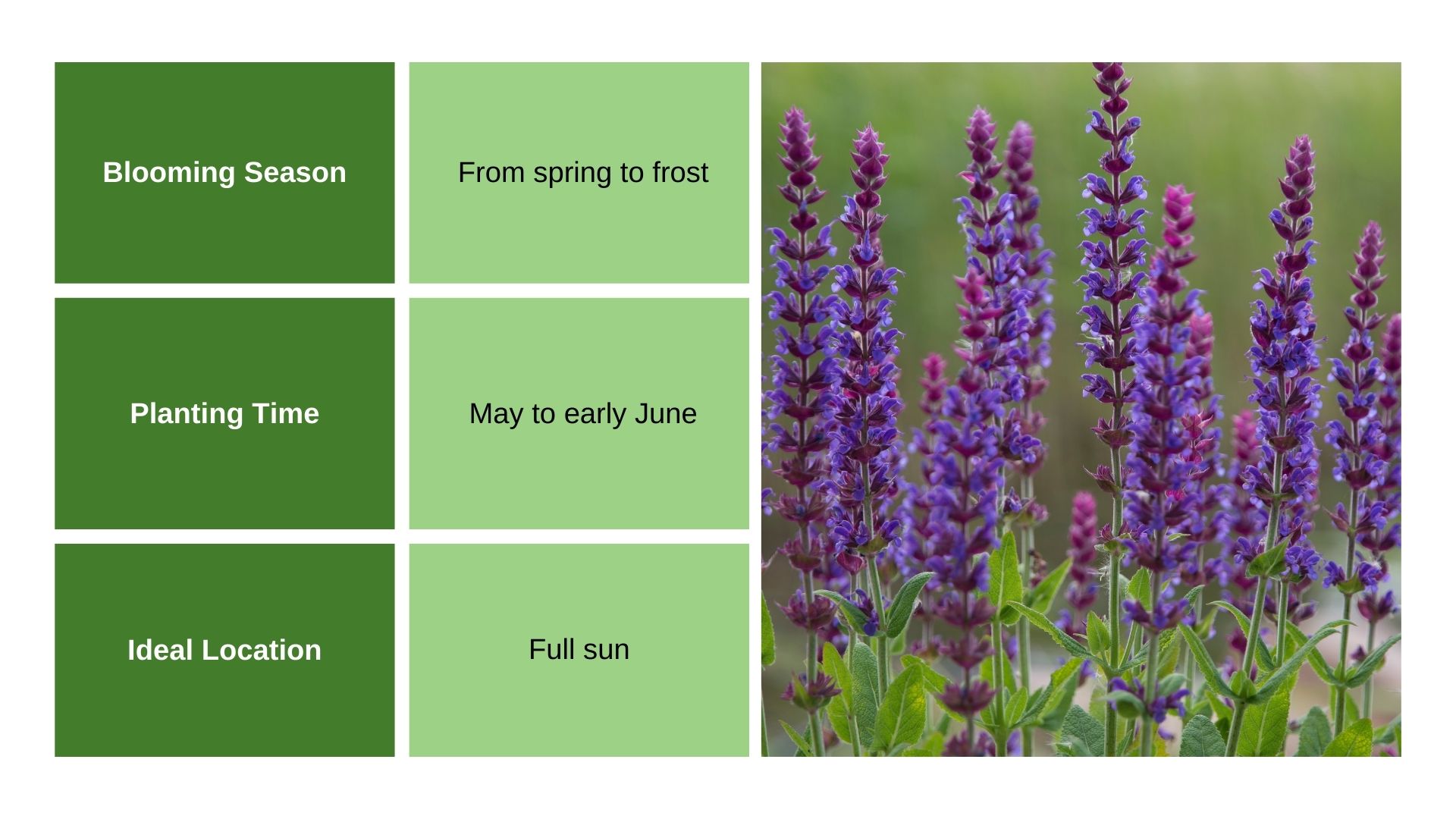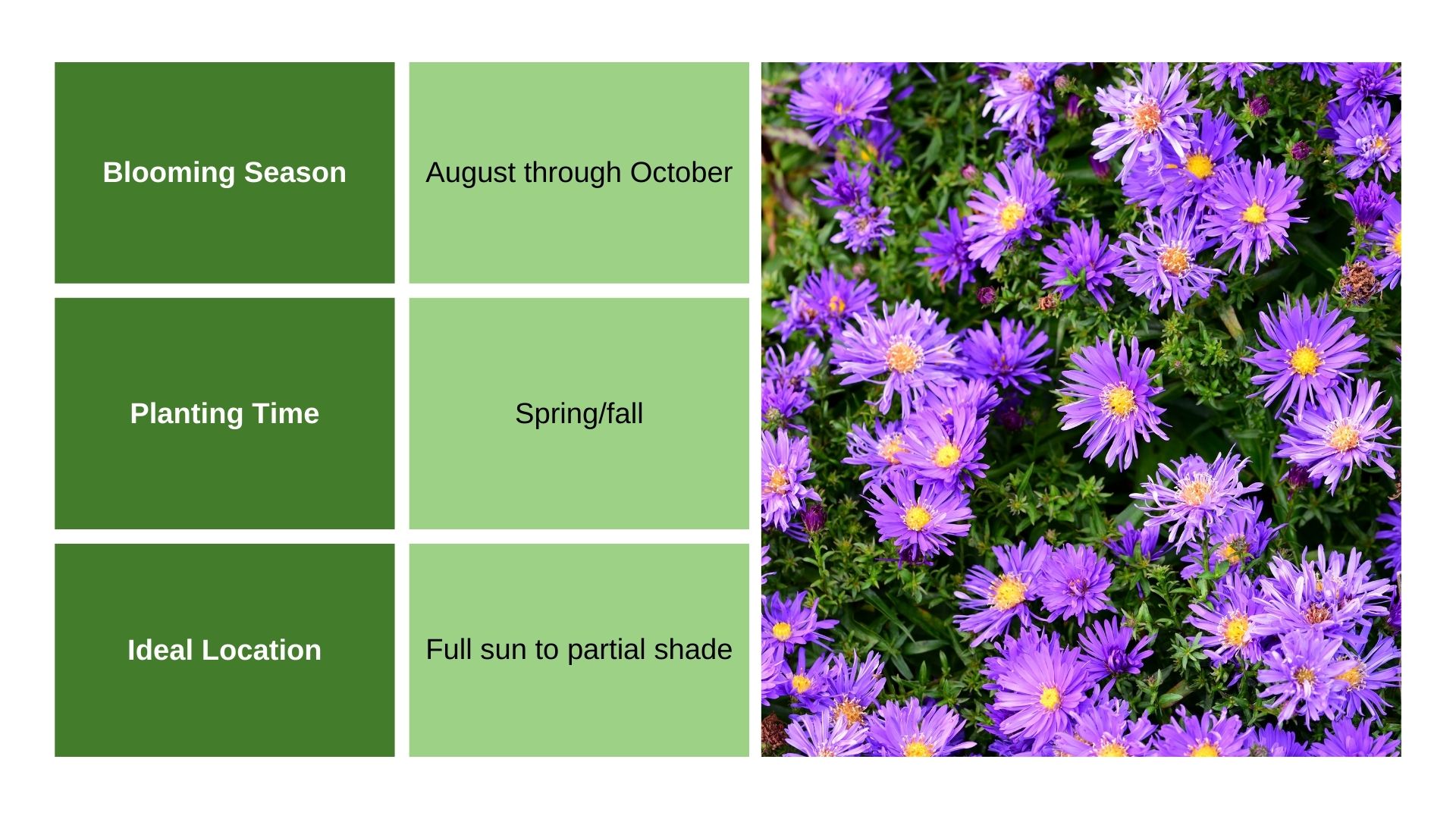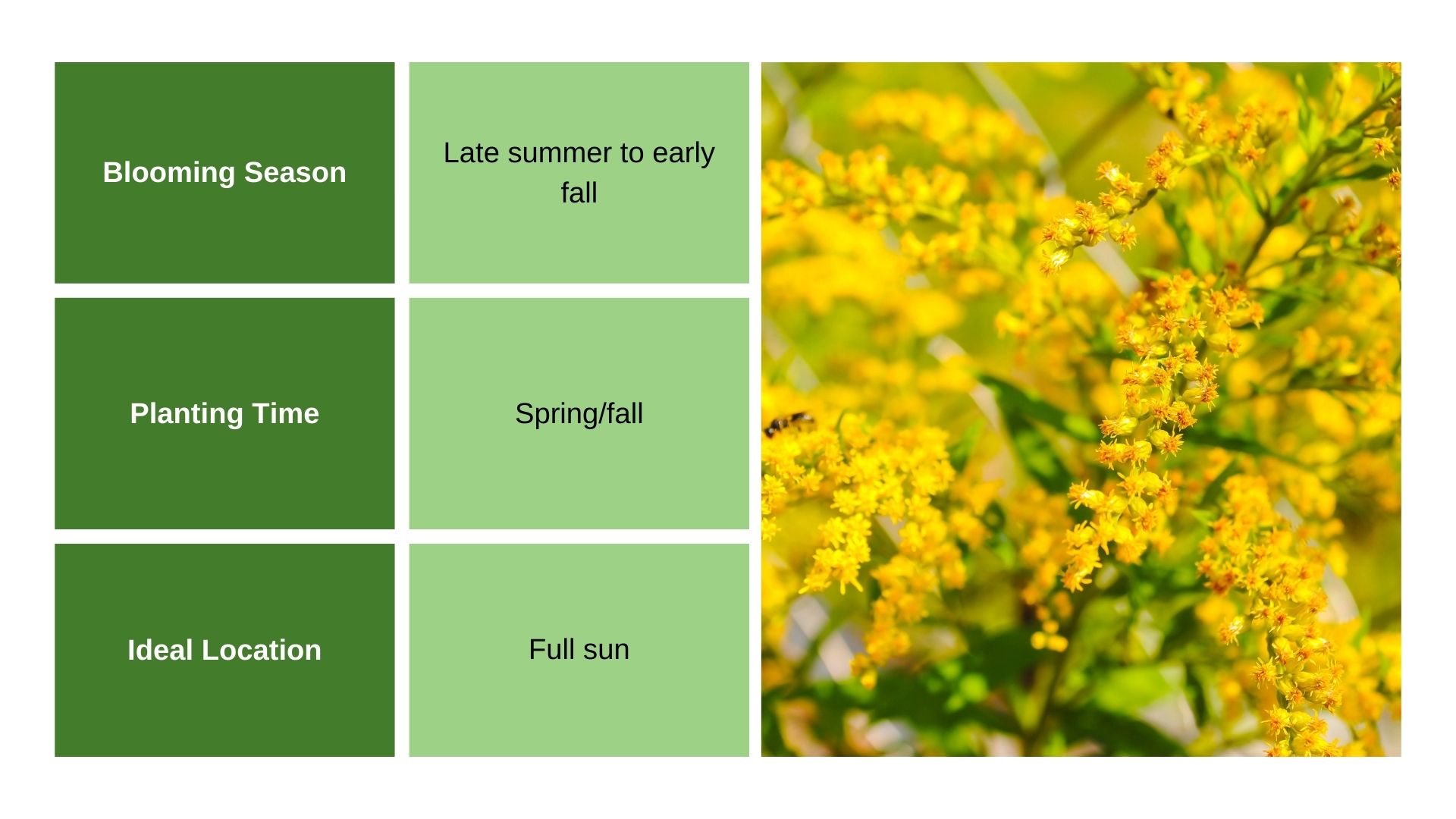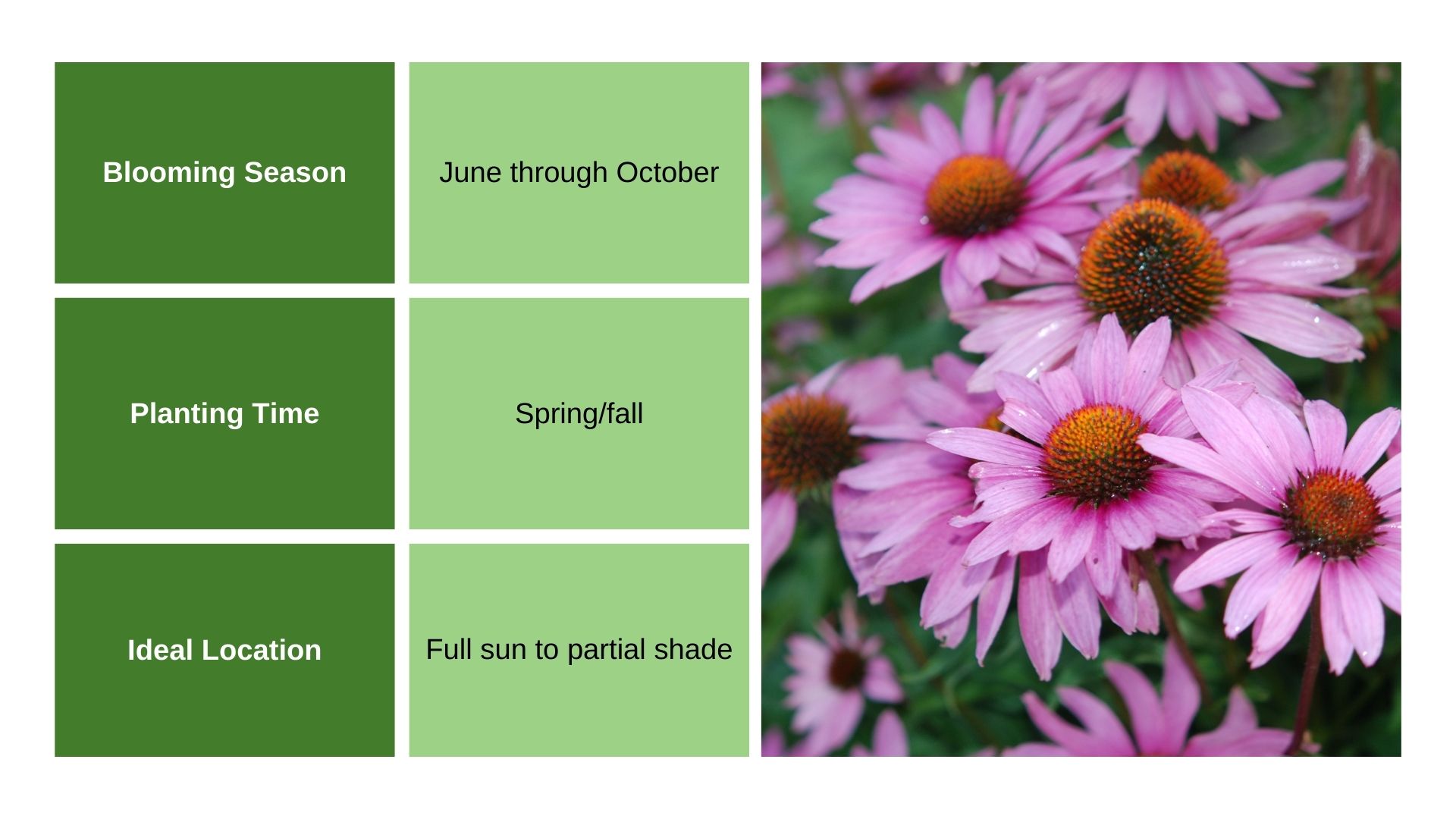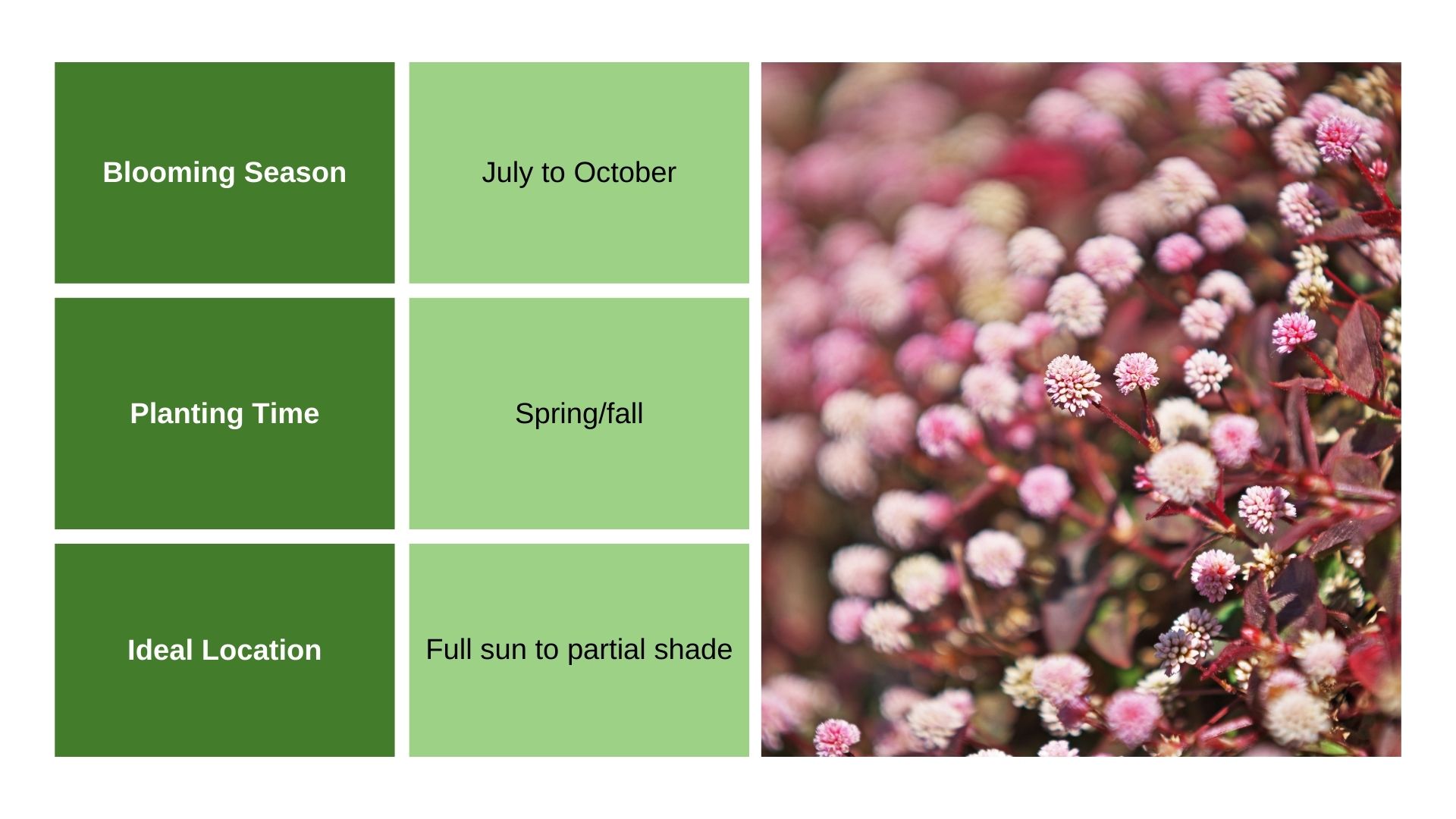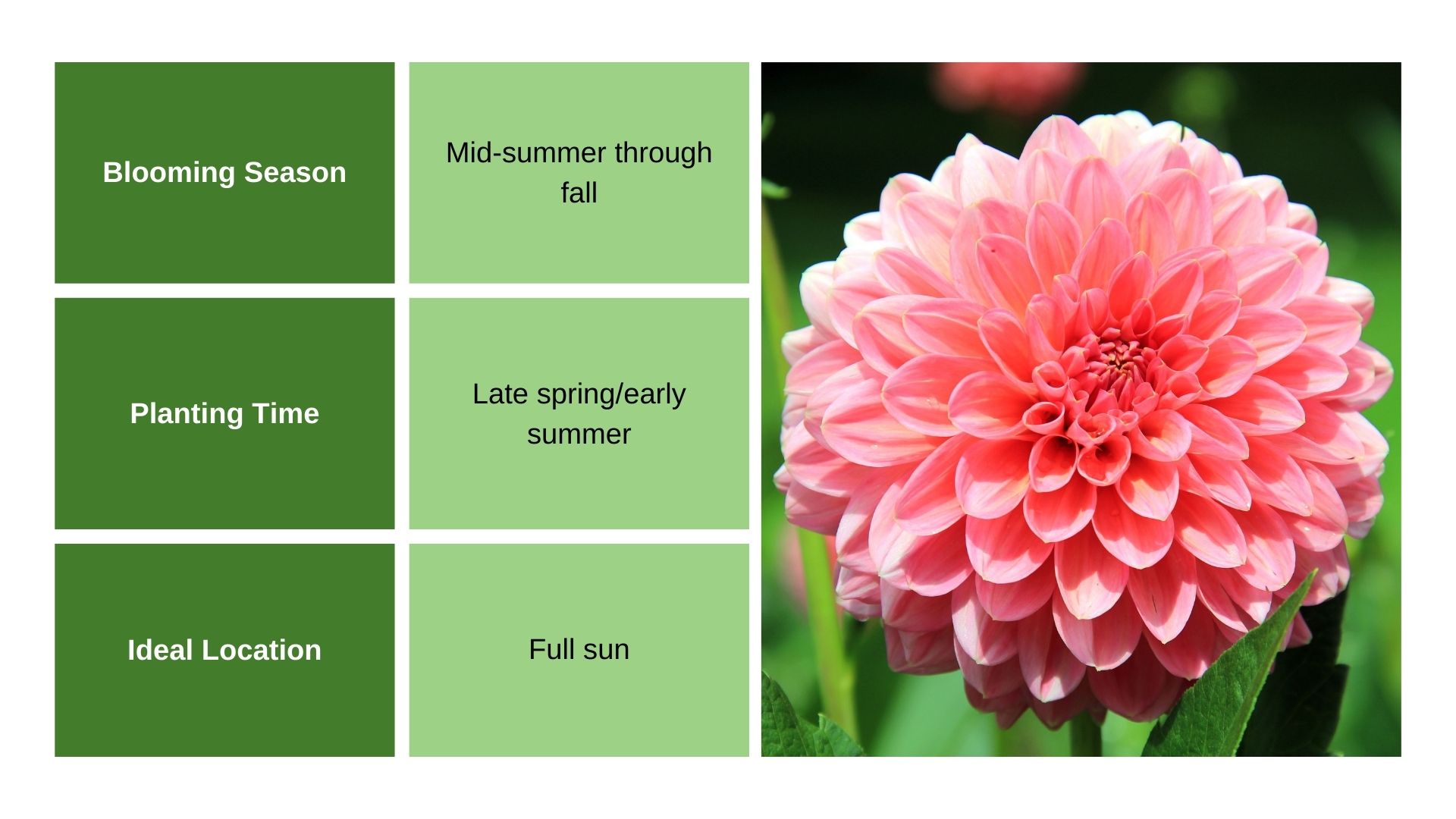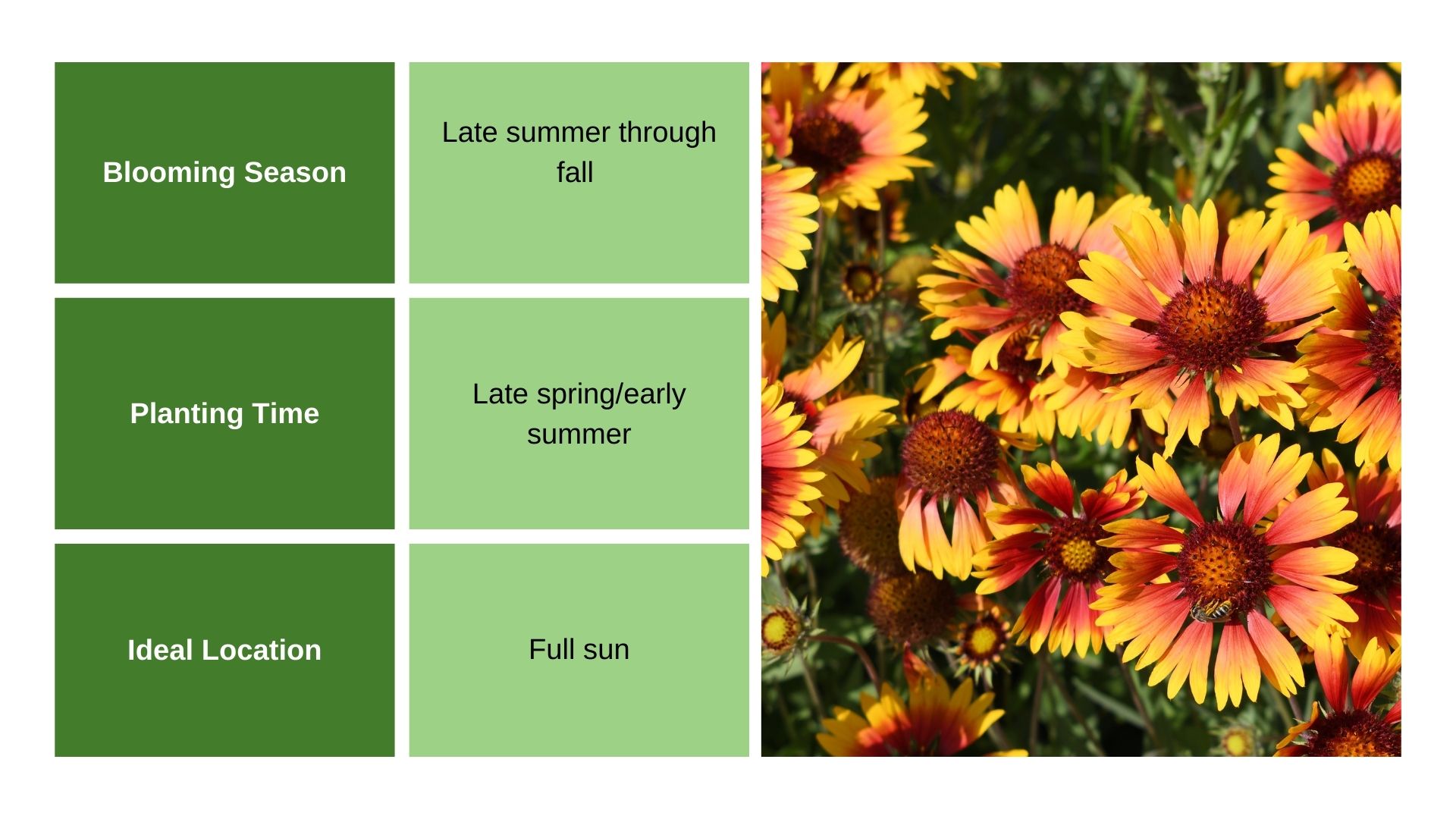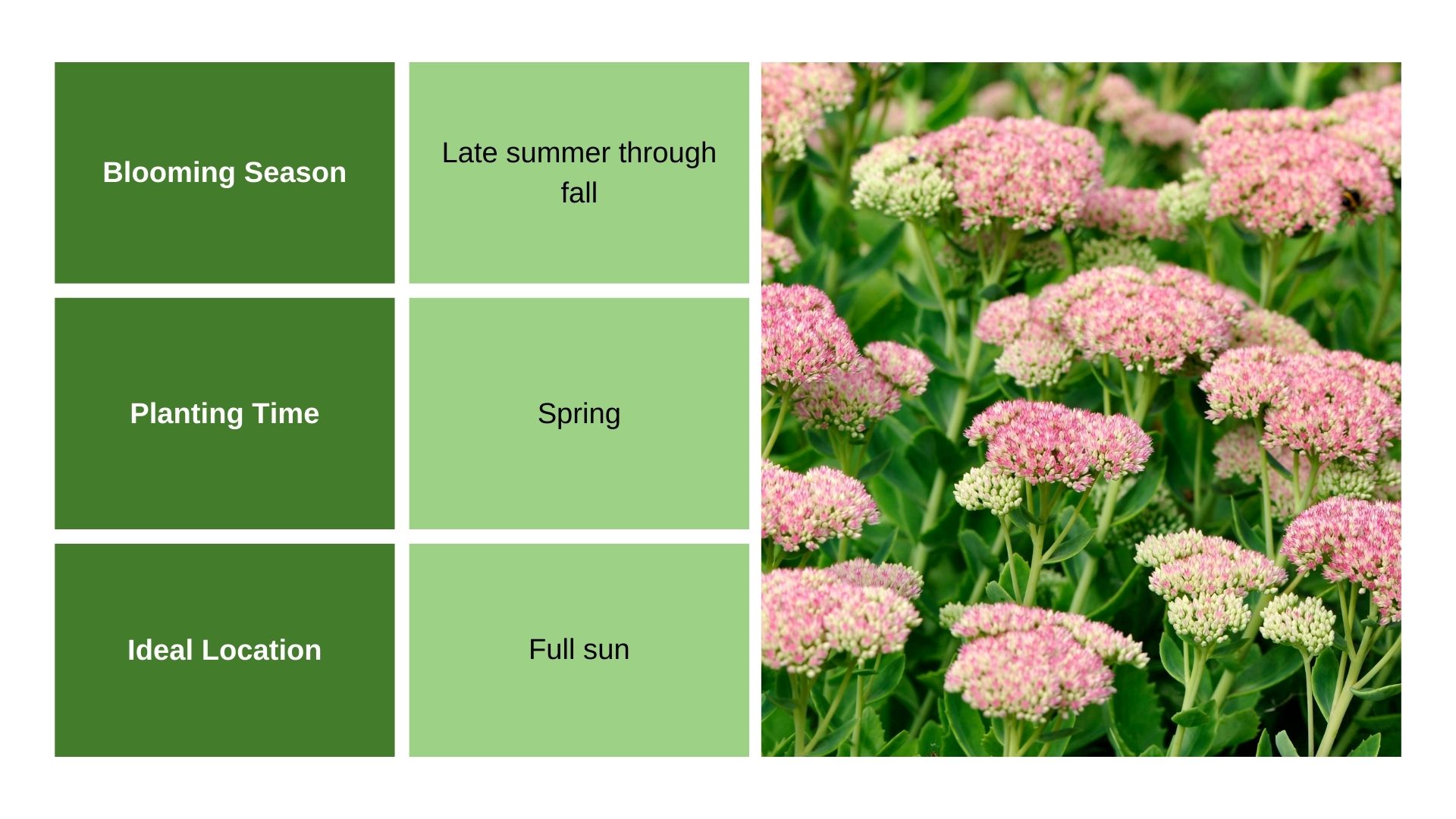Our gardens are starting to lose their summer colors and that’s one of the first heralds of the colder months, at least for me. Well, the good thing is that we can get some rest from the numerous chores we’ve had over the past few months.
But we aren’t the only ones who have been working so hard. Pollinators made sure that blossoms stay vibrant and colorful, and helped us maintain thriving flower beds.
You should know that some of these beneficial creatures are still taking care of our gardens and will continue to do so until temperatures drop.
We can and should thank them for everything they do by planting some flowers that will provide them with food.
Here are the top 10 plants for fall pollinators!
1. Fuchsia
We’ll start our list with the splendid Fuchsia plant. These plants are very resilient and will keep producing blossoms until the first frost. This means that pollinators will have a great food source during this period.
Fuchsia varieties come in various hues and shapes, and pollinators can easily spot the blossoms. As soon as they land on the flower, they have a great supply of pollen and nectar.
Hardy varieties have a bushier growth habit, so you can add them to your hanging baskets or pots. This will make your outdoor space look breathtaking just like it was in summer.
Make sure the soil is free-draining because Fuchsia doesn’t like its feet to get wet – I mean the roots!
P.S. Don’t forget to take Fuchsia cuttings in mid-October and get more of these splendid plants.
2. Salvia
Salvias are renowned for their long flowering season, which lasts from spring up until the first frost. Bees and butterflies are also crazy about the blossoms because the spikes are full of nectar.
Additionally, the Salvia flowers come in different hues so it’s not hard for the pollinators to notice them.
The best way to extend the season is by deadheading your Salvias. Once spring arrives, you can prune the plant back to encourage new growth and get an abundance of blossoms.
These plants fit into every garden design and you can even successfully grow them in containers.
Pay attention to drainage because the majority of problems with Salvias are caused by waterlogged soil.
3. Asters
The adorable, daisy-like blossoms of Asters ensure these plants a spot in almost all fall gardens. They come in different colors and pollinators absolutely love them.
Bees will have enough food and create reserves for the upcoming winter.
You can plant them as border plants or grow them in containers; both options are amazing. I especially like asters when added to cottage gardens. The October skies aster variety is definitely my recommendation!
Even though these plants can tolerate some shade, you should ensure as much full sun as possible for more blooms.
4. Solidago
Solidago or Goldenrod is a native species perfect for creating a wildlife habitat in your own garden. Pollinators will enjoy nectar throughout early fall.
The flower heads contain a lot of tiny, daisy-like blooms that come in different shades of yellow. One of the amazing features of this species is that it comes in various sizes so you can use it for different designs.
These plants grow well in poor soil types but you should never allow the water to accumulate because it can have detrimental effects on growth.
Diseases such as powdery mildew can and will attack your Solidago if you don’t ensure proper drainage and aeration.
5. Coneflower
Here comes probably the most popular garden flower, the magnificent coneflower. Some varieties are late-bloomers so if you want to add a splash of color to your fall garden, this flower will do the best job.
Bees, butterflies, and other pollinators enjoy feeding on these cone-like blooms and will certainly visit your garden during the fall.
Coneflowers are perennials and with adequate care, they’ll come back year after year. Luckily, they’re super easy to maintain and you shouldn’t have any problems, even if you’re a beginner.
Just make sure your coneflowers get enough sun and the soil is free-draining and porous.
Regular deadheading will help you extend the coneflower blooming season, which will result in more pollinators!
6. Persicaria
Landscapers adore Persicaria blossoms for their long season and vibrant colors. Pollinators love these plants as much as we do.
The nectar-rich, red or pink blooms combine perfectly with the slender green foliage.
These plants aren’t as popular as others on this list but their appearance definitely deserves a spot in every garden. Persicaria plants aren’t finicky over the growing conditions and will thrive if you meet their basic requirements.
As an added bonus, you can propagate your Persicaria by division and get more plants for free!
7. Dahlia
Captivating dahlia blossoms adorn flower beds worldwide, but their beauty isn’t the only thing dahlia plants have to offer. Some varieties provide a great supply of nectar for fall pollinators.
As you can see, I wrote some varieties, which means you need to be careful when selecting new dahlias. Famous pompom and cactus types aren’t a good choice because the nectar isn’t easily accessible.
Single dahlias, such as Mystic Dreamer, are what you should be looking for.
You can enjoy the blossoms until the first frost but make sure to regularly deadhead to extend the season.
After the blooming season ends, make sure to lift up the tubers and take them indoors for overwintering.
8. Helenium
If you want to add a dramatic touch to your garden, heleniums are a perfect choice. These are some of the plant species that have the highest number of cultivars. This is a great thing and I’m sure every gardener can find cultivars for themselves (at least one).
Taller cultivars are perfect for borders whereas more compact types are more suitable for smaller gardens.
The blossoms have open centers and pollinators can easily access nectar and pollen.
9. Sedum
Bees will appreciate it if you add some sedum plants to your garden. These pollinators love feeding on the pink blossoms.
Border sedum is a drought-tolerant plant, so if you don’t have a lot of time to spend on watering, this is the best species for you. Pay attention when purchasing this type of sedum because it has been reclassified to the Hylotelephium genus.
These plants can’t survive in overly wet soil, so make sure the growing medium is porous and free-draining.
10. Ivy
We’ll end our list with the controversial ivy. This plant is an aggressive grower and is classified as invasive in some parts of the US. You should be careful and consult the local authorities before planting ivy.
However, pollinators seem to love the yellowish-green blossoms of ivy. The plant can also serve as a shelter not only for pollinators but also for small mammals.
Fall isn’t the best season for pollinators but ivy can provide them with food so that they won’t return to their hives with an empty stomach.

